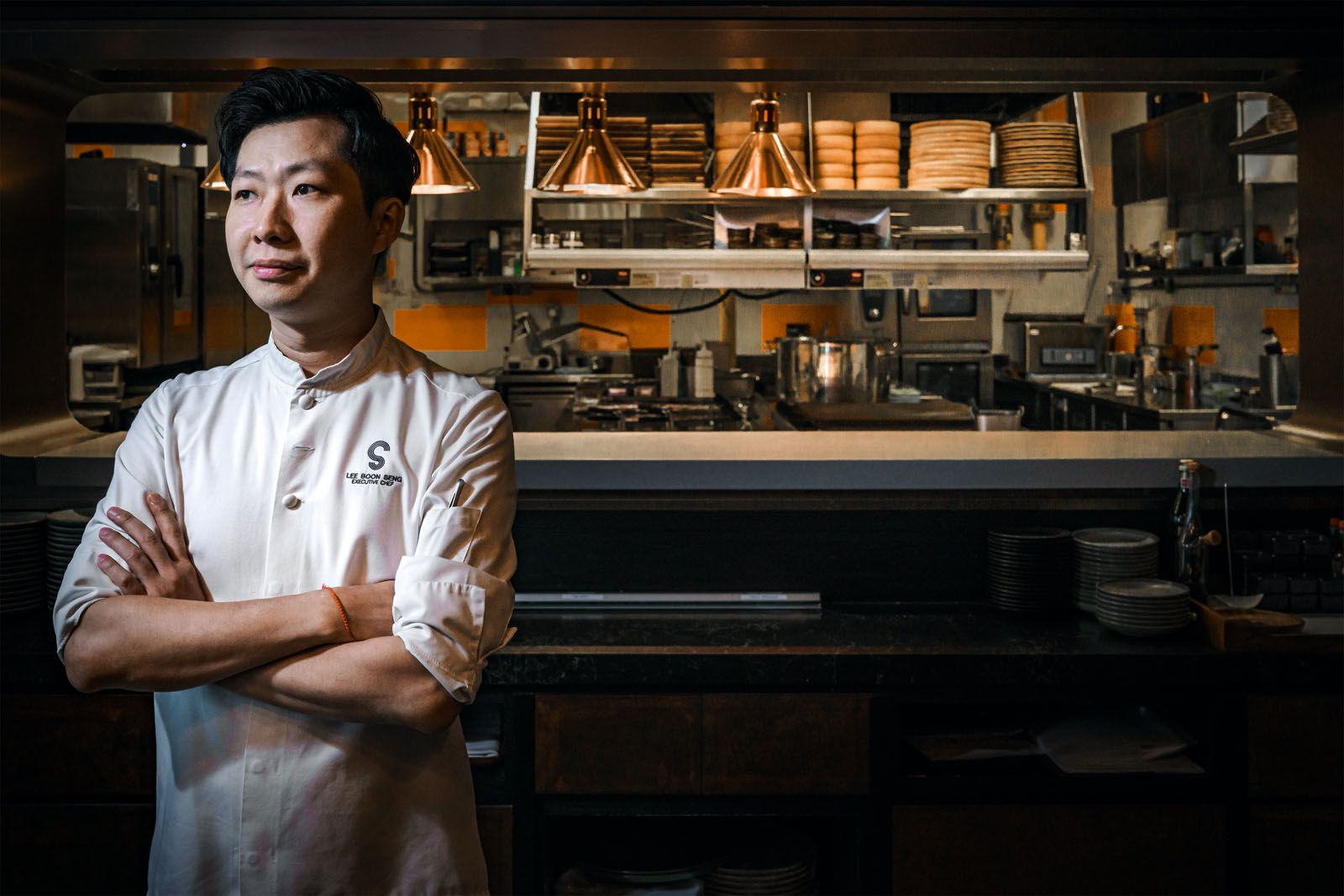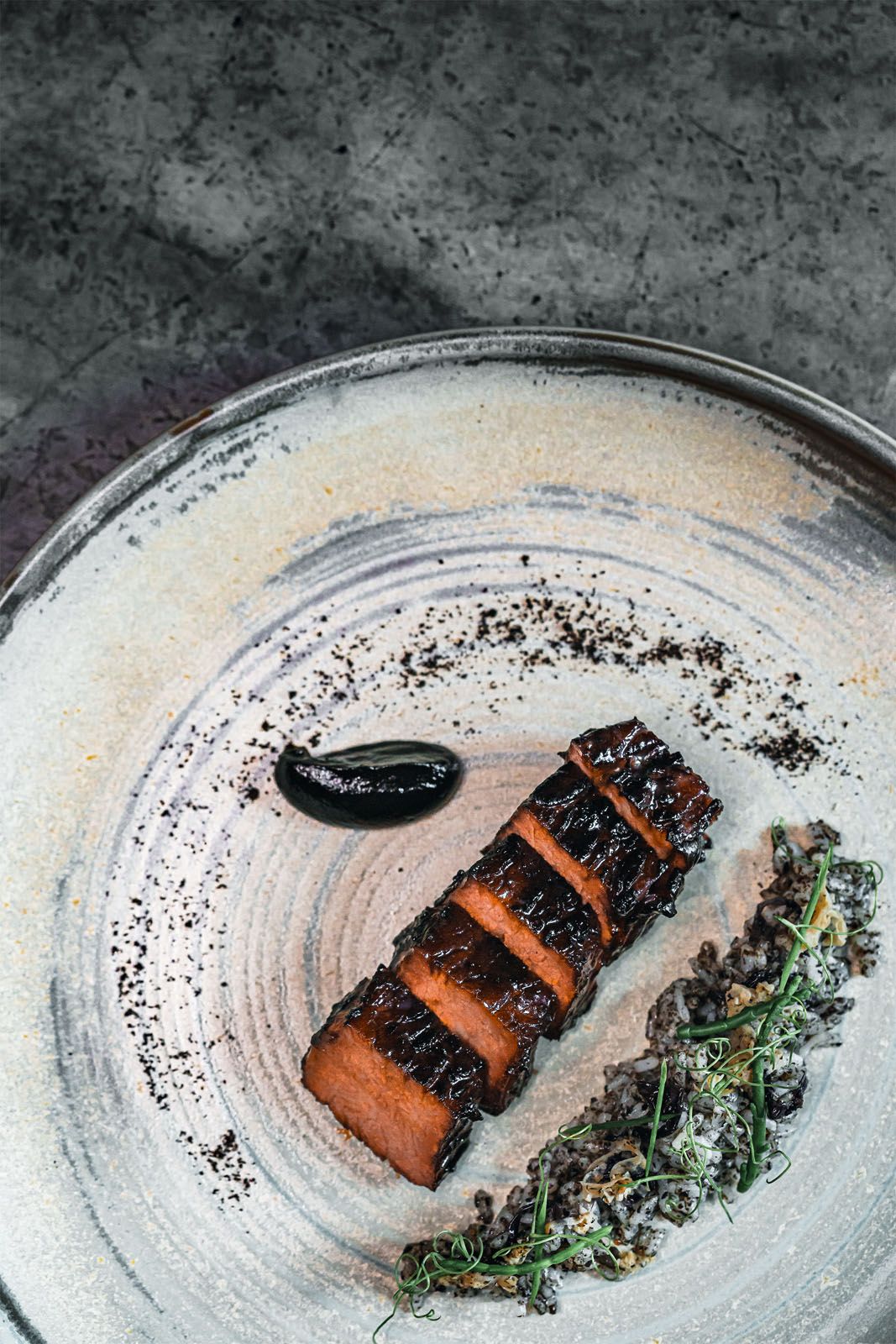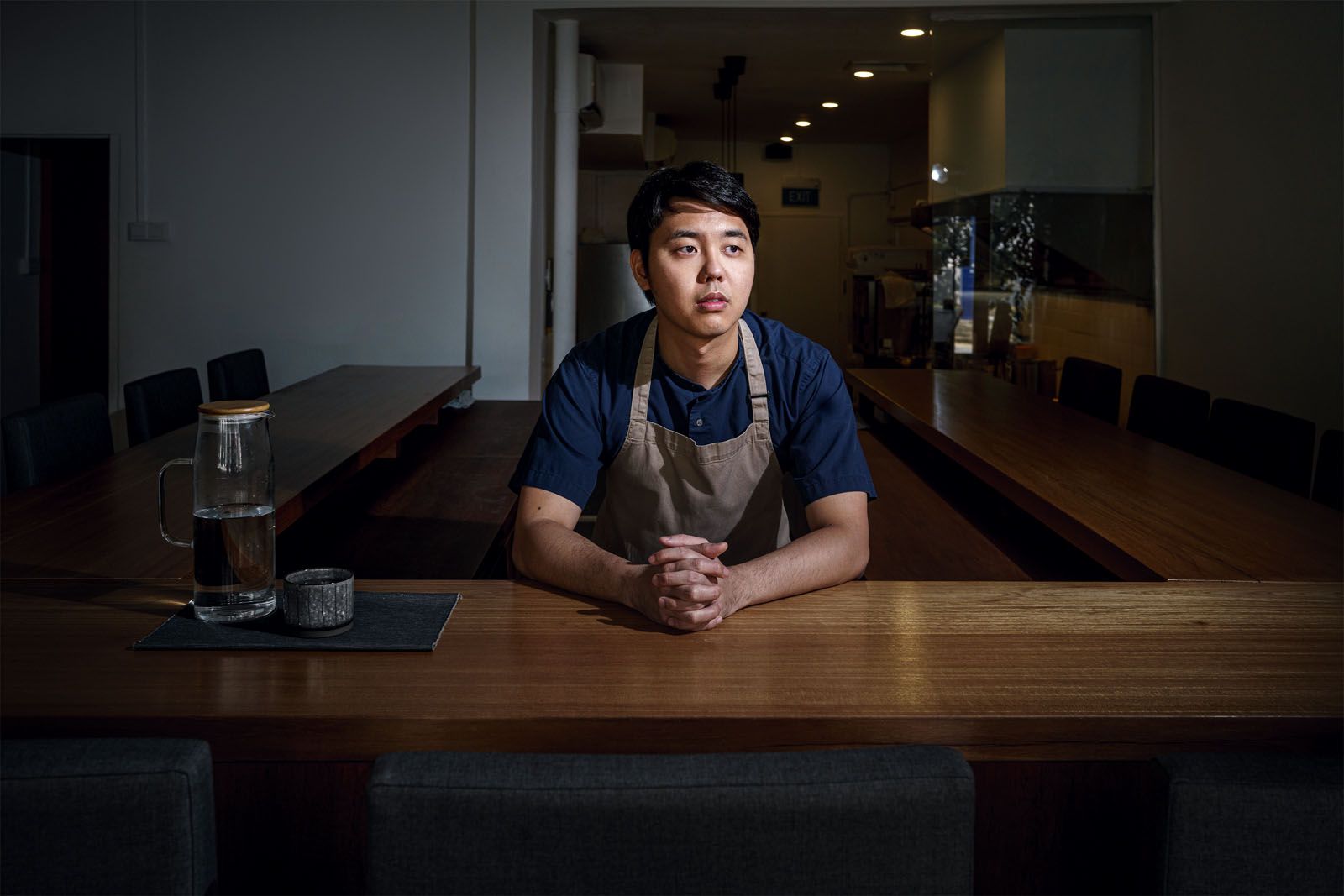Choosing to embrace a broader sense of the word, these three talented young chefs ponder the inevitable evolution of contemporary Singaporean fare
As a nation of food lovers, our accustomed notion of modern Singaporean cuisine is, ironically, a little vague—biased, at best. Famously coined “mod-Sin” over a decade ago by one of the industry’s pioneering advocates, chef Willin Low, the perception over the years seldom strayed far from the clever reimagining of the delectably nostalgic, playing off the same bold flavours that made the darlings of the working-class—dishes such as laksa, chilli crab and chicken rice—the icons of local fare that they are.
The concept also thrust traditionally well-loved ingredients such as hae bee hiam and buah keluak, alongside other notable catalysts of Straits Chinese fare, into the spotlight as key components in a bevy of novel East-meets-West creations.
And even as elevated adaptations of traditional foods began to enjoy greater global recognition, thanks in part to the elegant stylings of Malcolm Lee of Candlenut, the world’s first Michelin-starred Peranakan restaurant, so too has a defiantly personal spin on mod-Sin cuisine in the hands of chefs like locavore Han Li Guang of Labyrinth. The latter’s restaurant made the Michelin guide in 2017 and became the first of its class to earn a star. Speaking of which, there’s an increased commitment to sourcing locally that has become an integral part of what it means to champion something uniquely Singaporean.
Awarded chefs Lee and Han are not alone on this evolutionary journey. The appeal of finding new ways to celebrate a sense of place continues to prove hard to resist for many young chefs working in Singapore. It may be hard to define as a cuisine but easy to recognise, and certainly not limited to a capricious market’s craving for oxtail rendang pappardelle or satay burger.
(Related: Why Julien Royer Of Asia’s #1 Restaurant Odette Is Done With Celebrating)





